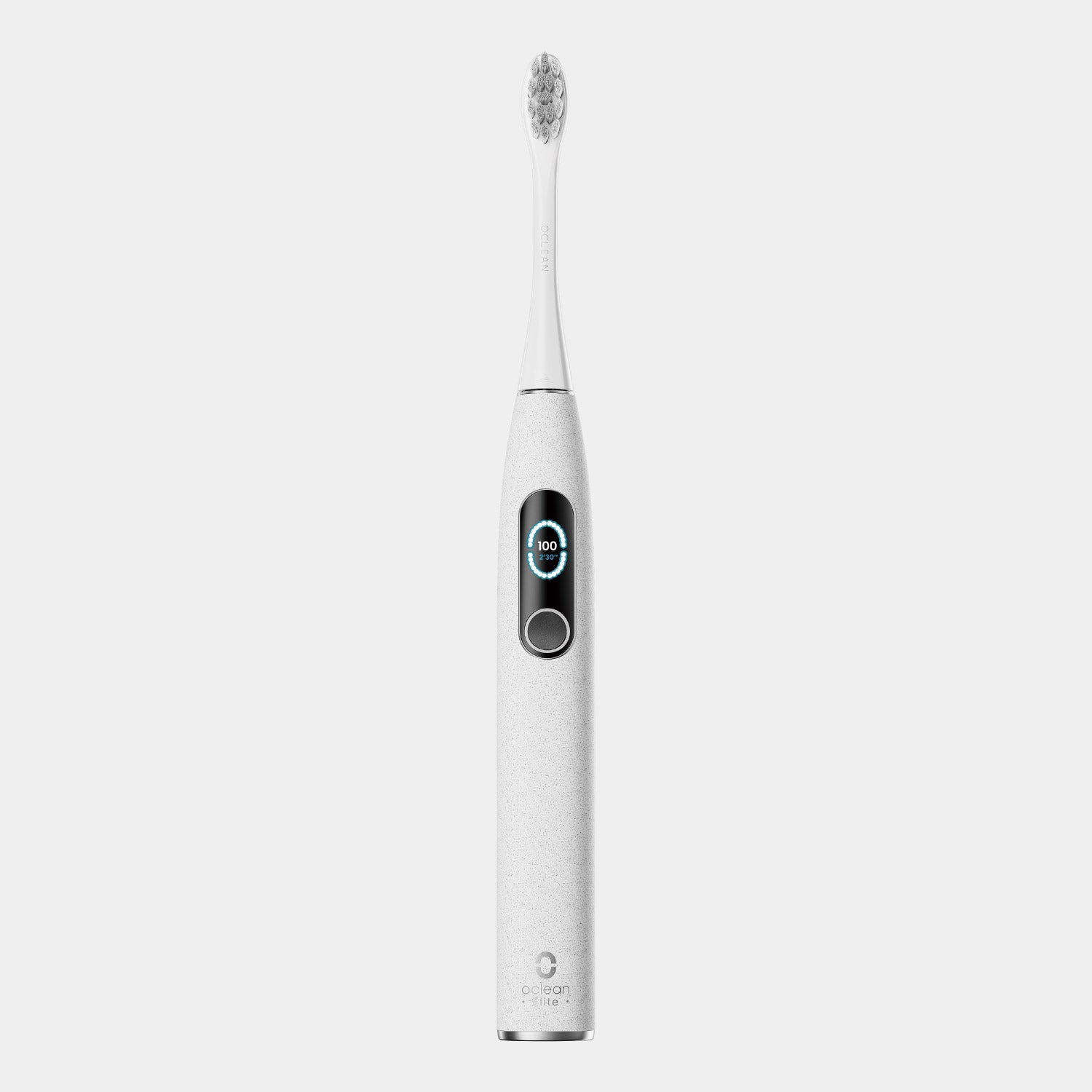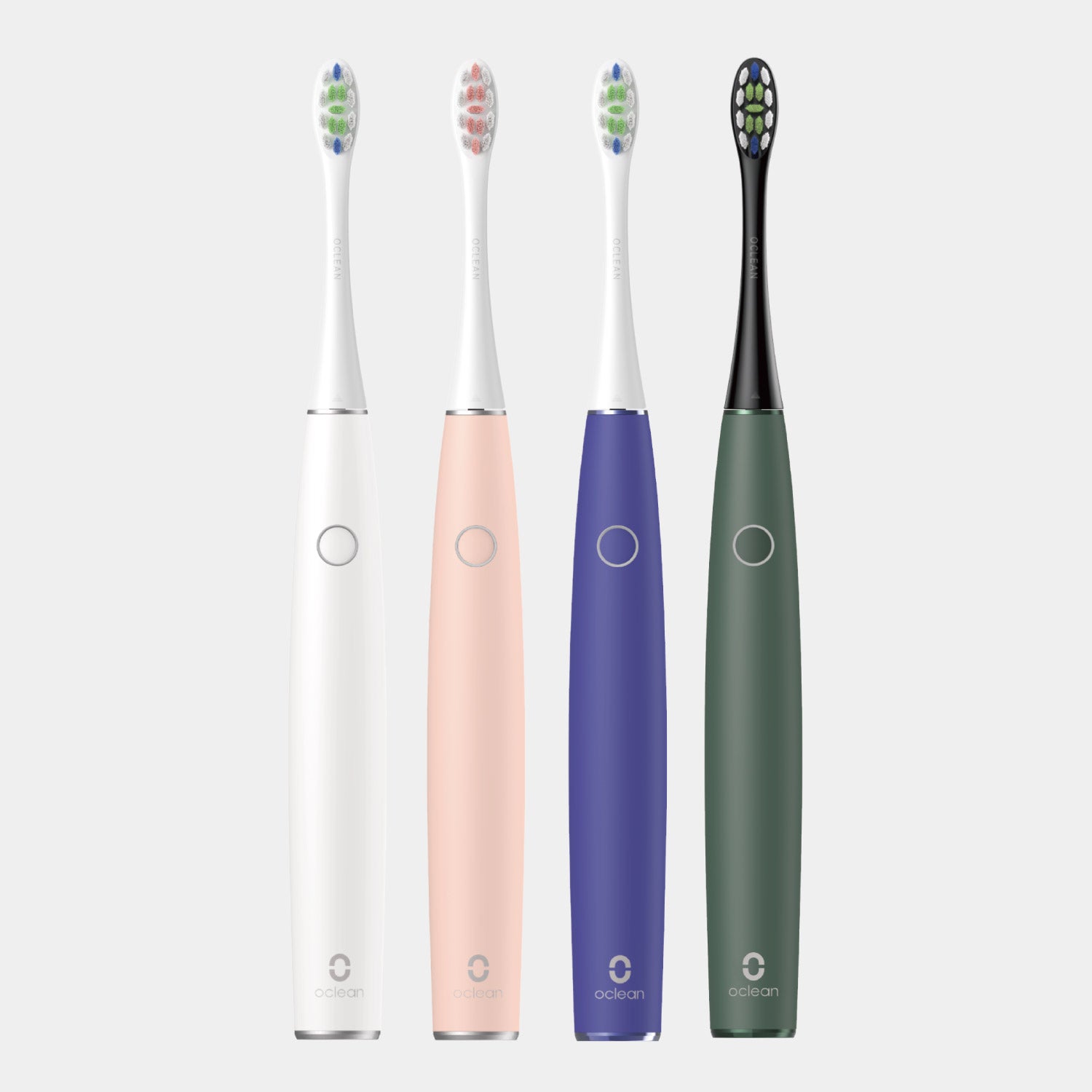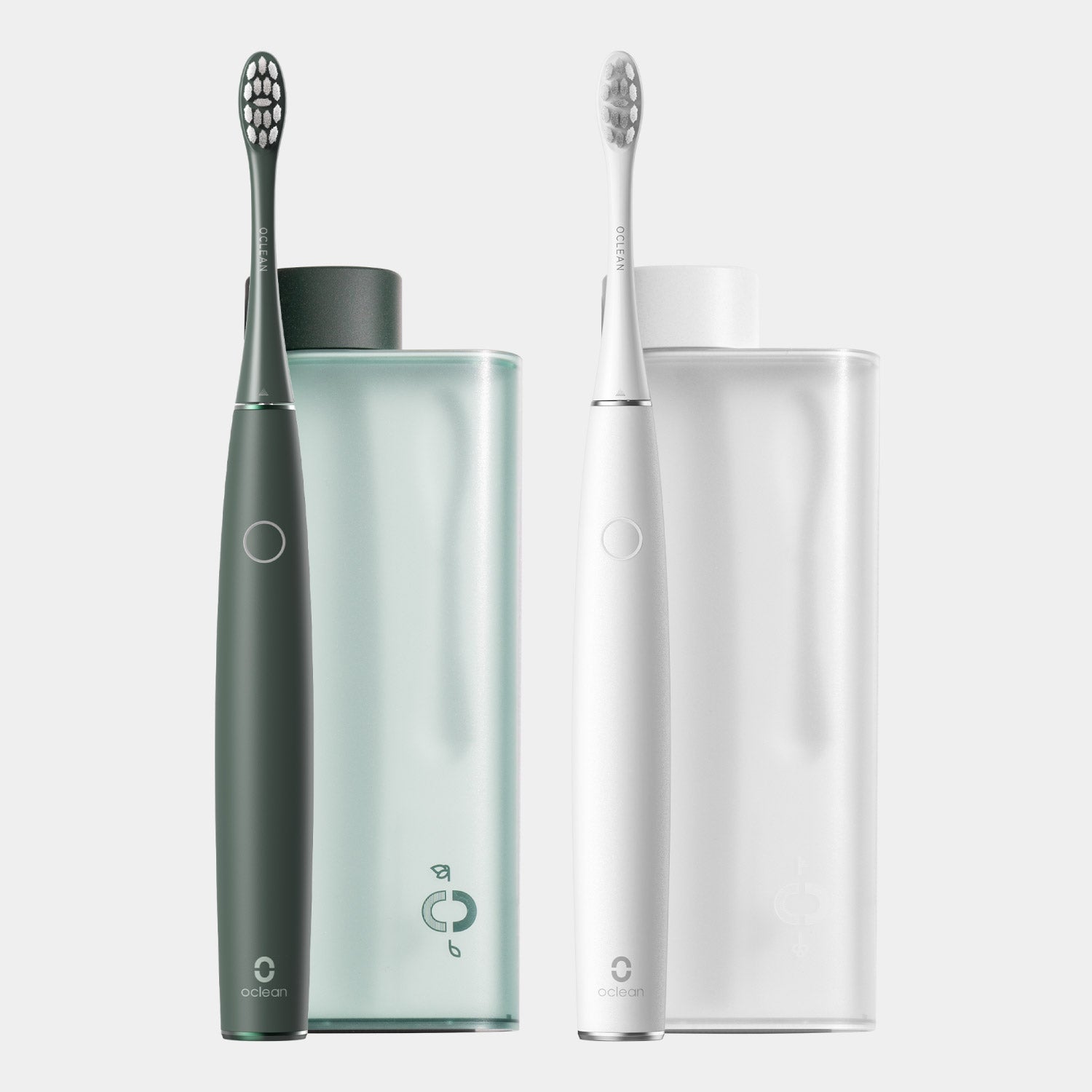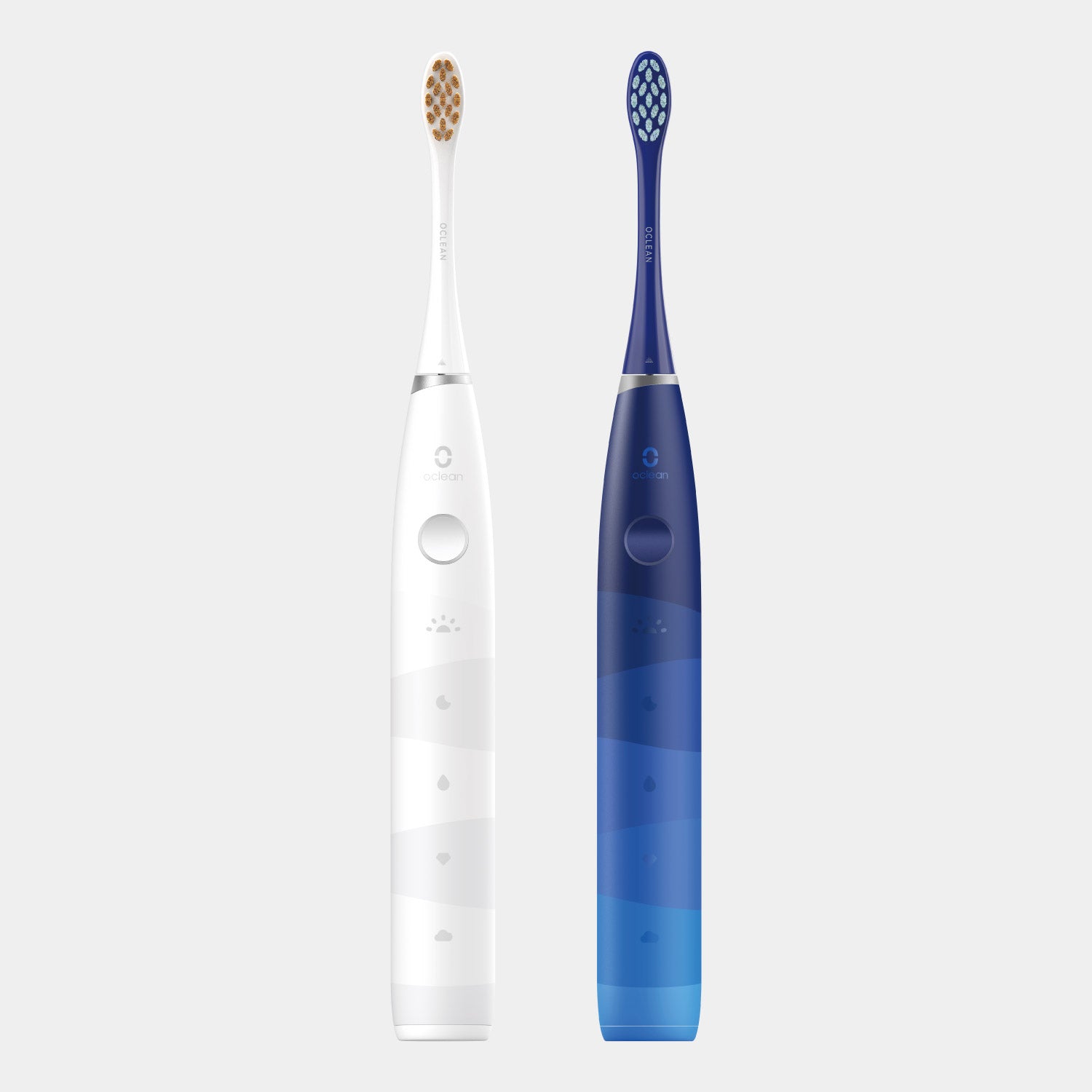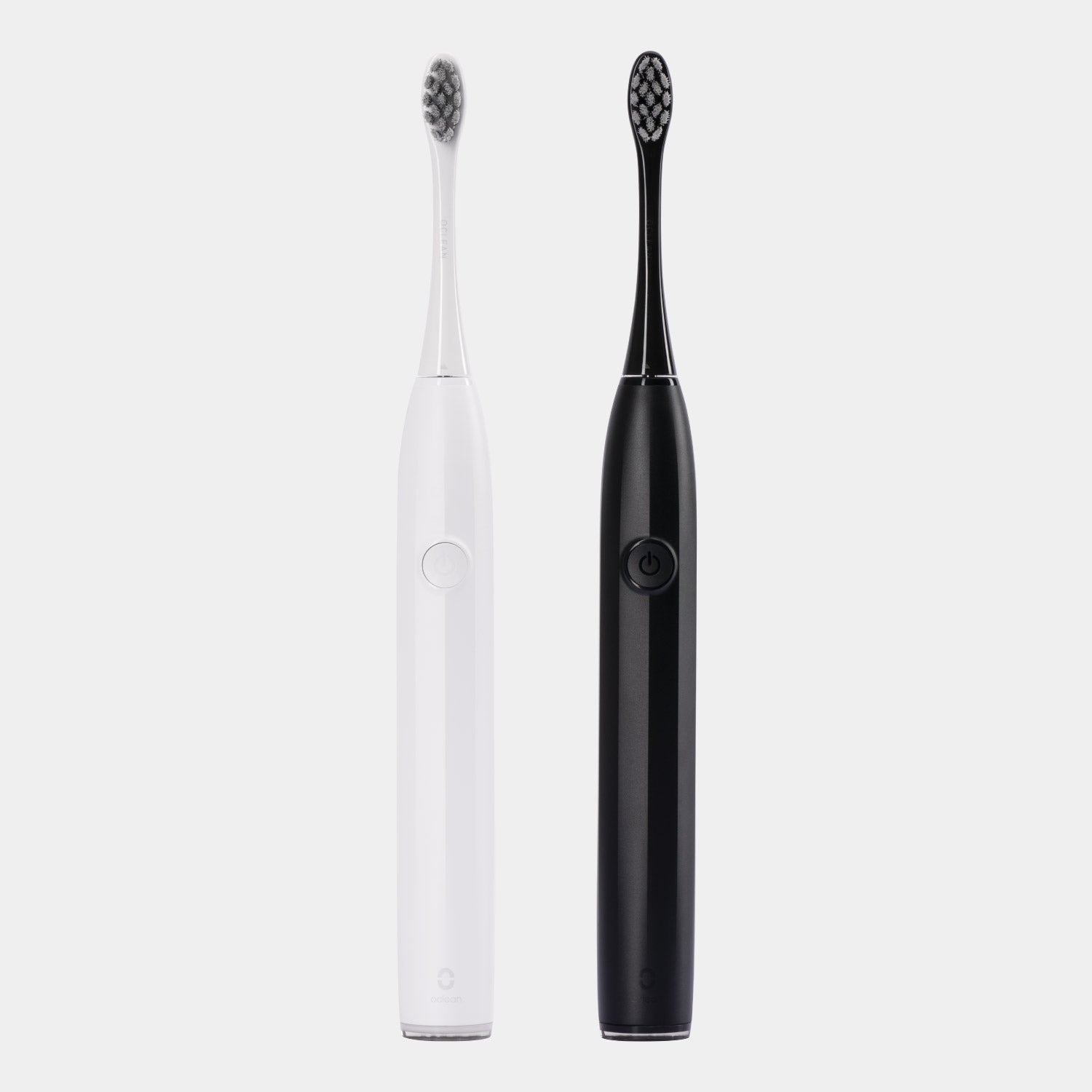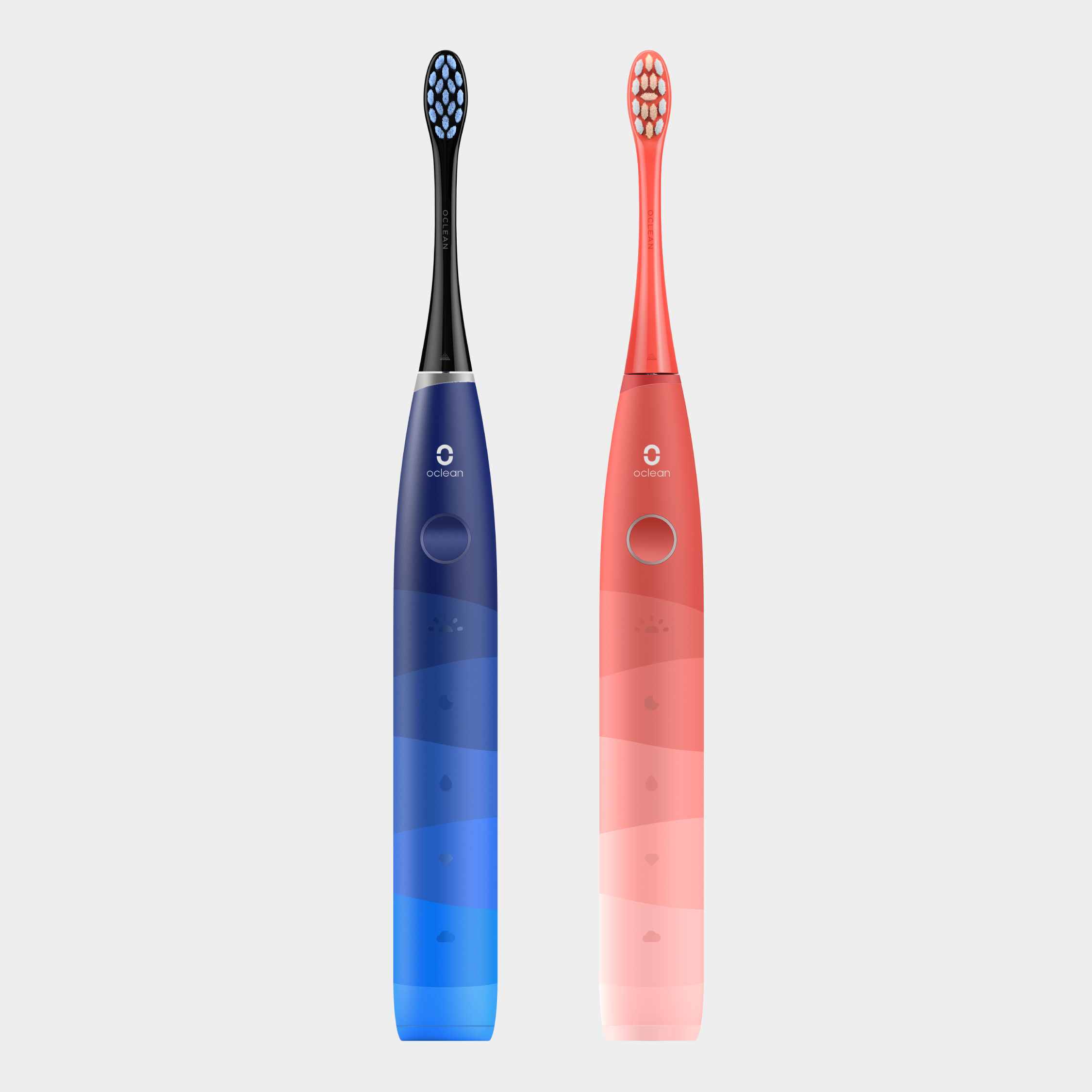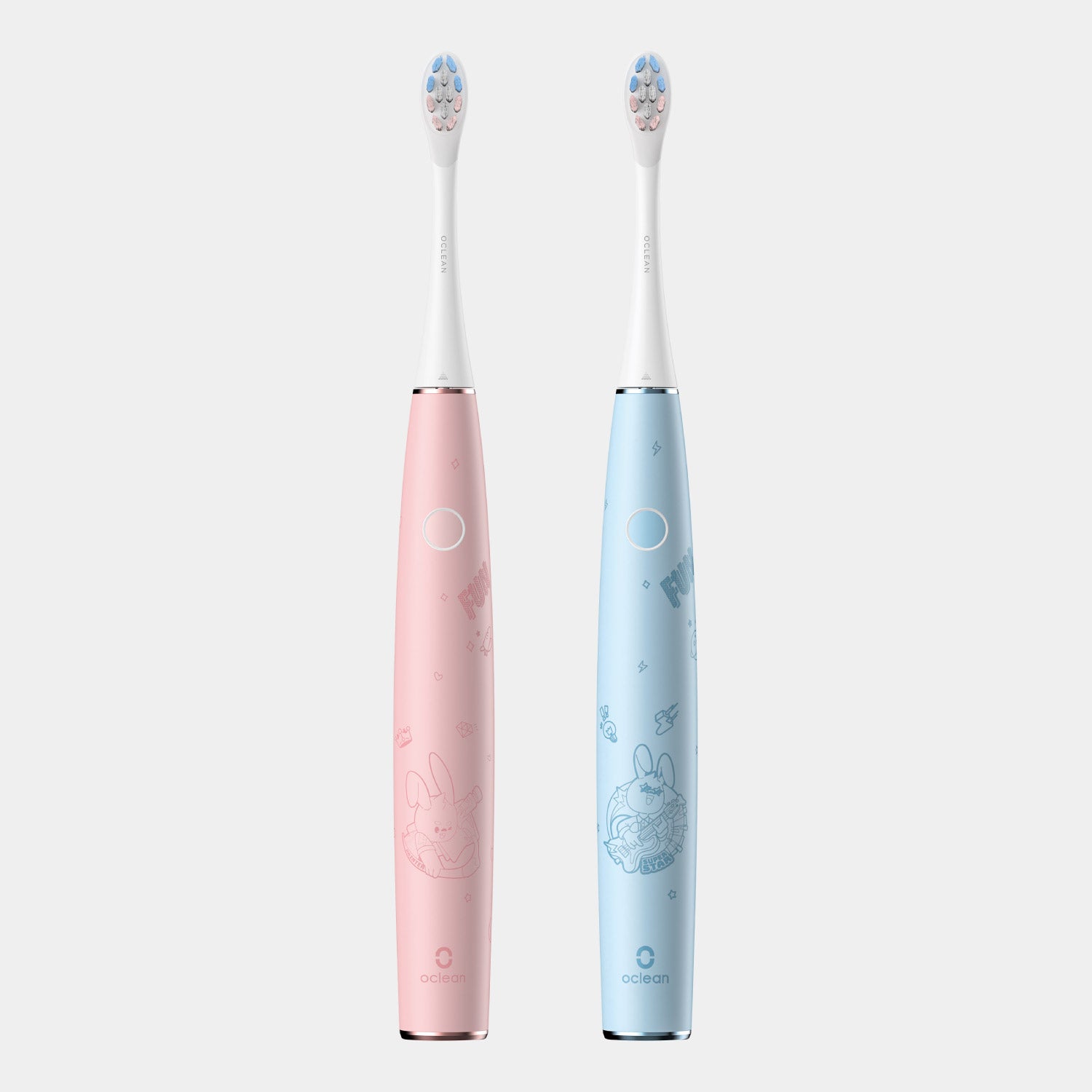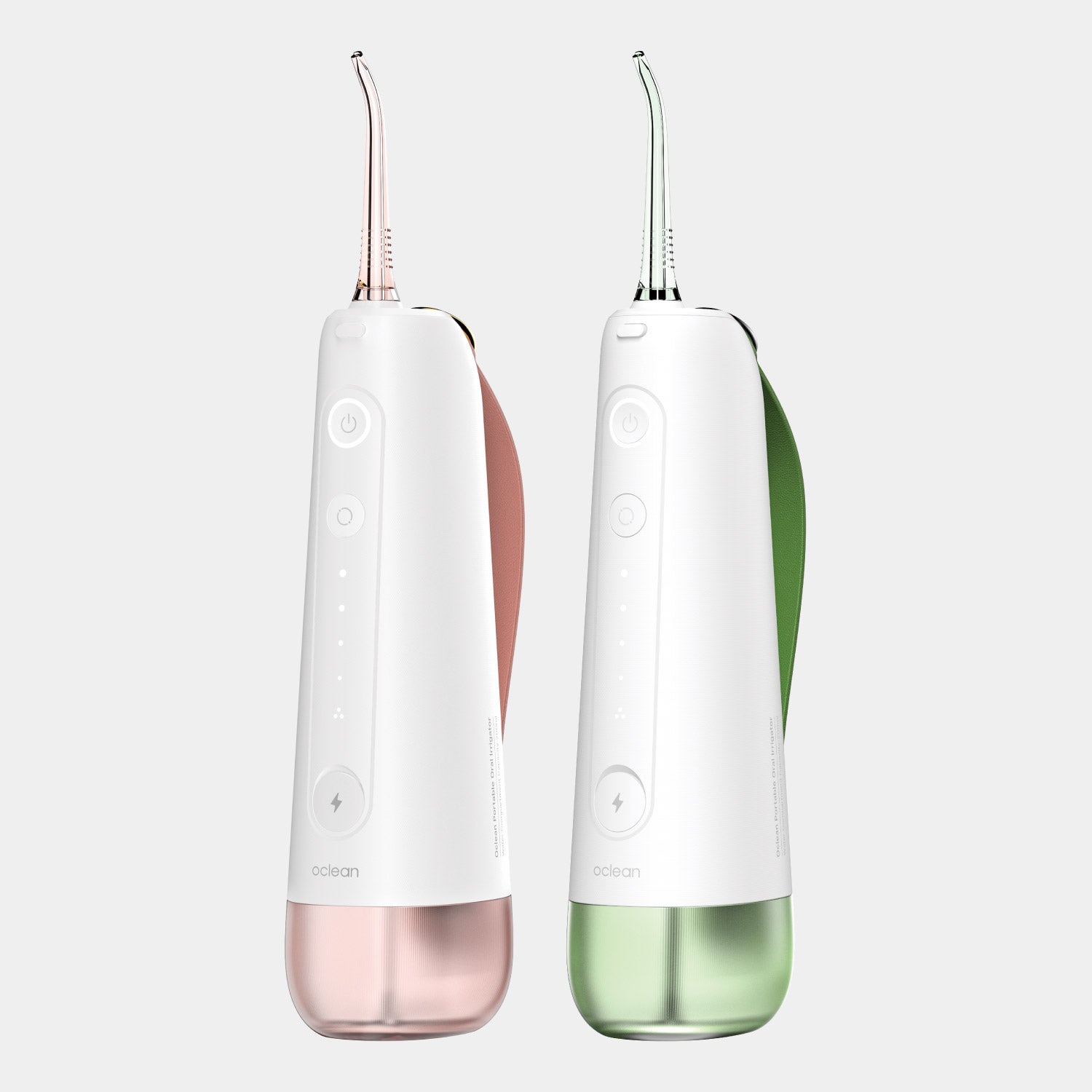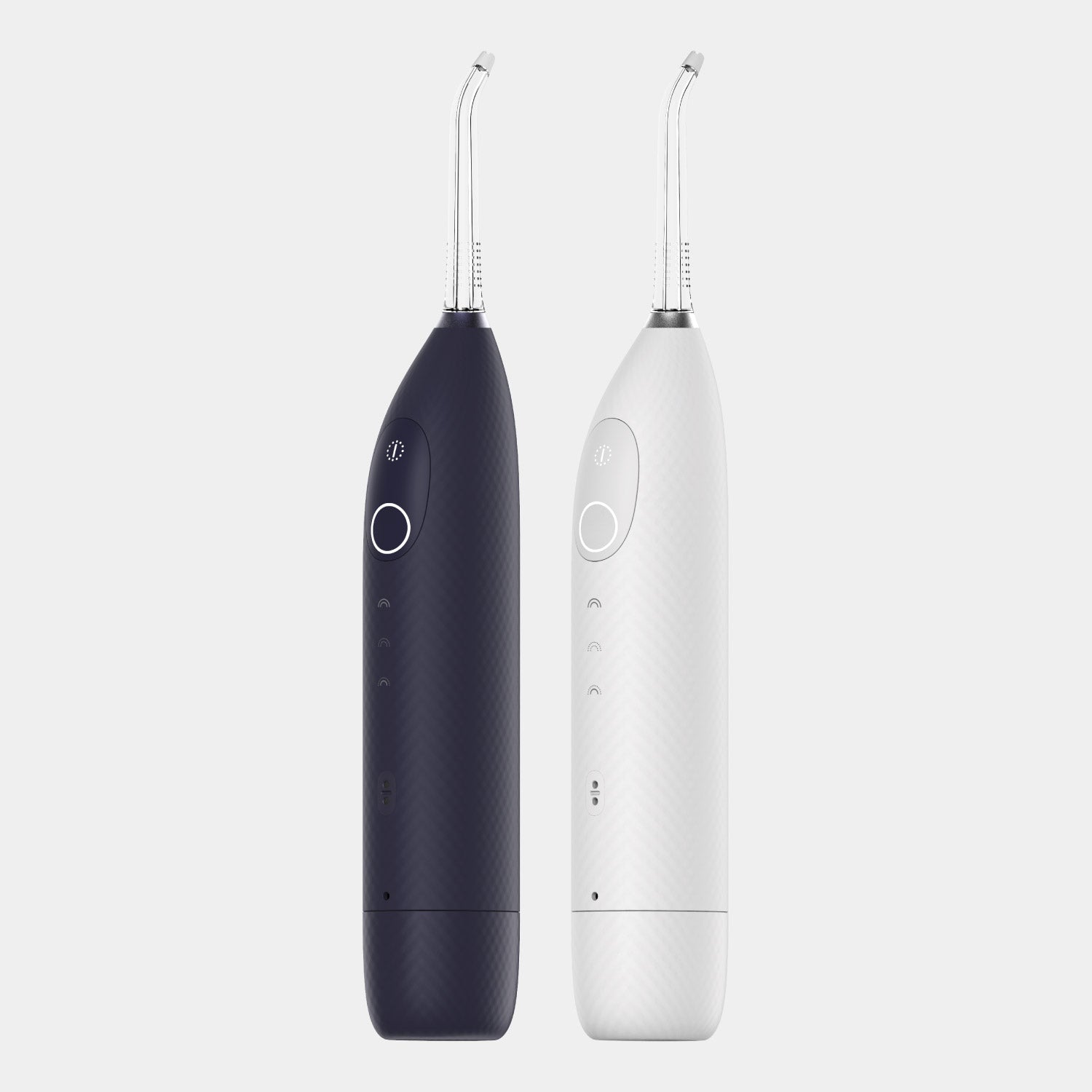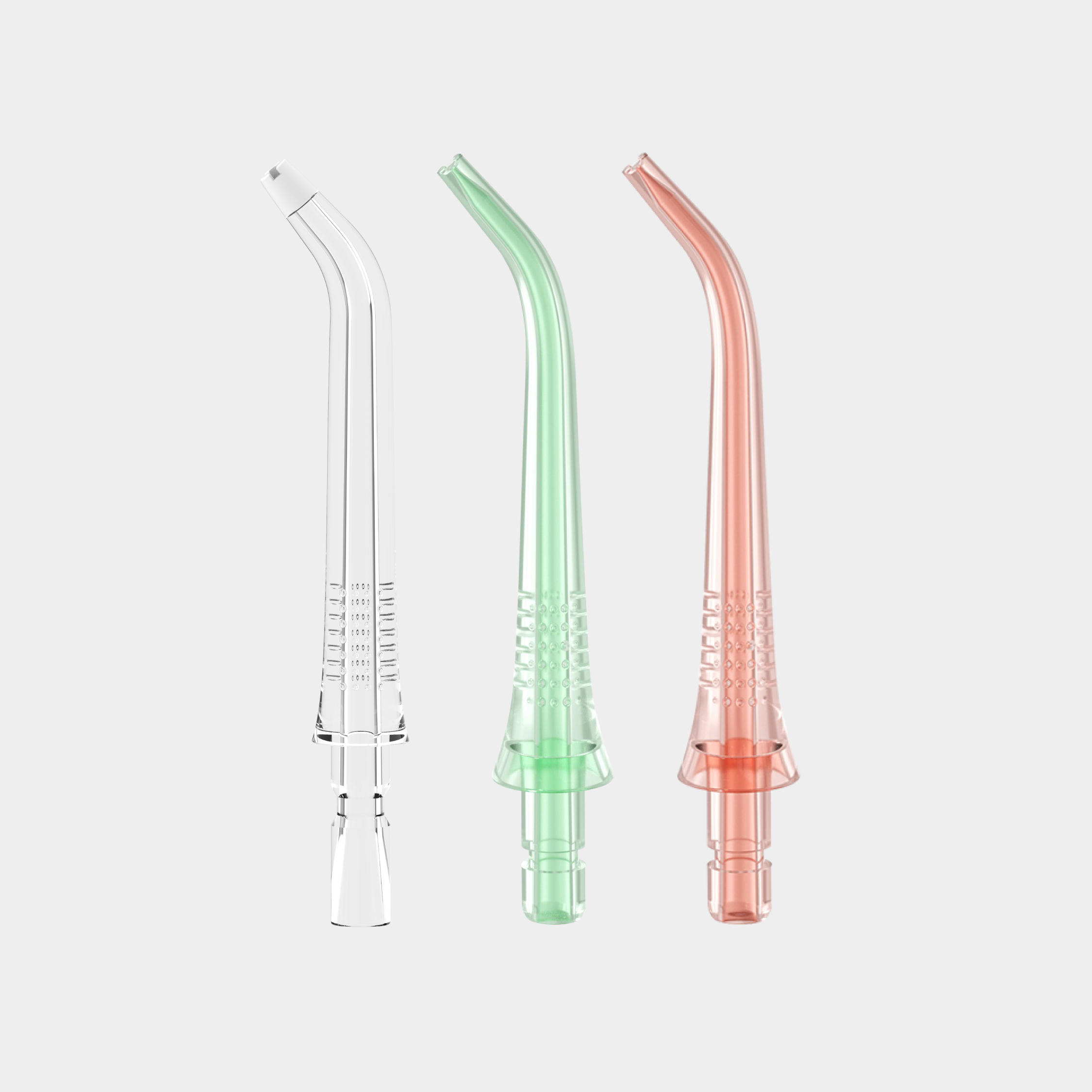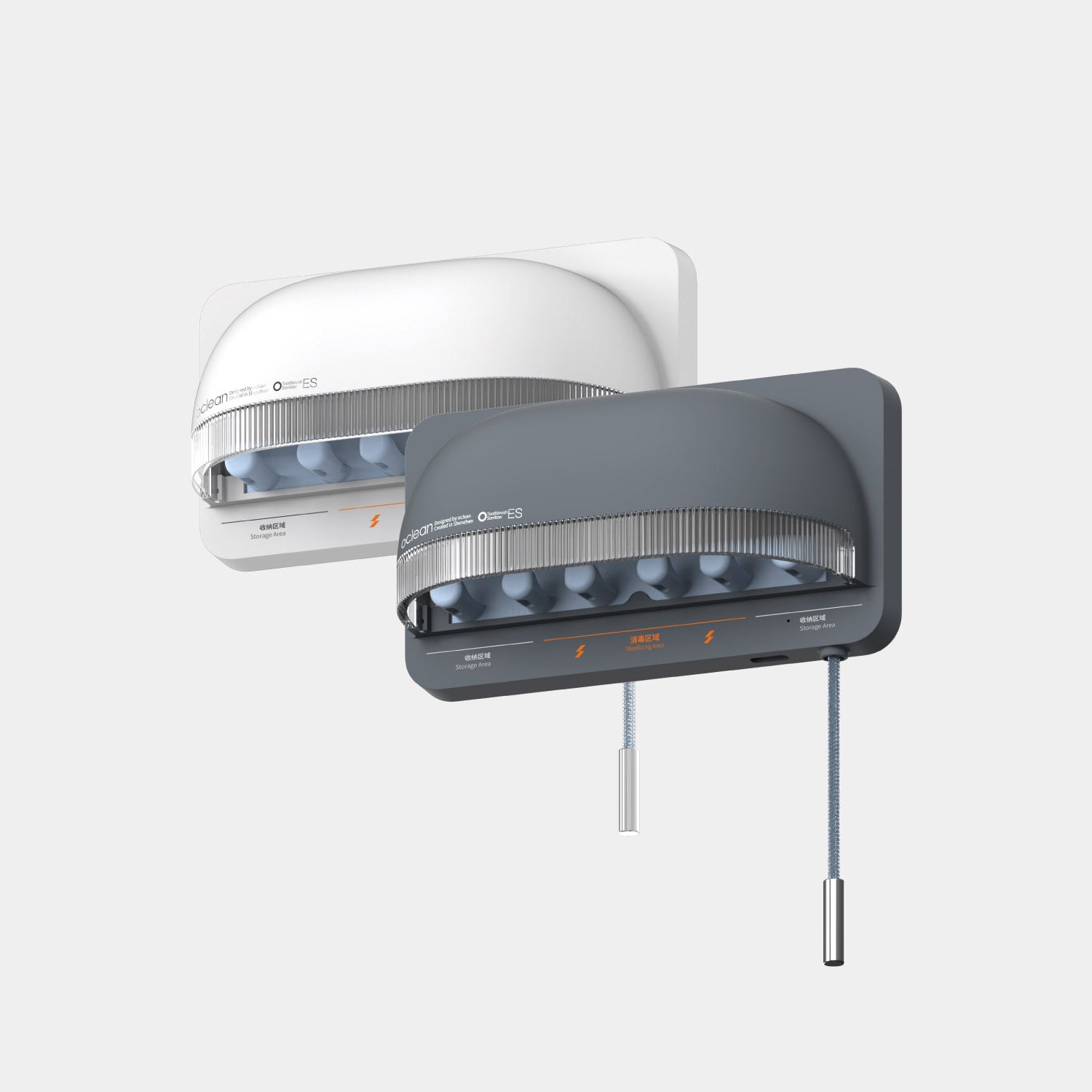Traveling can be an exhilarating experience, filled with new adventures and memorable moments. However, maintaining your daily hygiene routine, especially dental care, can be a challenge when you're constantly on the move. One of the most common questions travelers have is about the best travel toothbrush and about transporting an electric toothbrush on a plane. Let's dive into these topics to ensure your oral care remains top-notch no matter where your travels take you.
Electric Toothbrush on Plane: What You Need to Know
Traveling with an electric toothbrush involves a bit more consideration than packing a manual one, particularly because of its components and power source.
Can You Bring an Electric Toothbrush on a Plane?
Yes, you can bring an electric toothbrush on a plane. The UK Civil Aviation Authority (CAA) allows electric toothbrushes in both carry-on and checked luggage. However, it’s always wise to check the airline's specific regulations before you travel, as policies can vary slightly between carriers. It's also a good idea to inform the security personnel about your electric toothbrush when passing through security checks, especially if it has a lithium-ion battery, as this might draw extra attention.
Do Electric Toothbrushes Have Lithium Batteries?
Many modern electric toothbrushes, including popular sonic models, are powered by lithium-ion batteries. These batteries are efficient and rechargeable but come with specific guidelines when traveling by air. Lithium-ion batteries are generally allowed in carry-on baggage but may be restricted in checked luggage due to safety concerns. Always ensure your toothbrush is securely packed and consider carrying it in your hand luggage to avoid any issues. Additionally, check the battery's watt-hour rating as some airlines have limits on the capacity of lithium batteries allowed on board.
Can Electric Toothbrush Go in Carry-On Luggage?
Yes, electric toothbrushes can go in carry-on luggage. In fact, it’s often recommended to pack them in your carry-on to prevent potential damage in checked luggage. This also ensures you have access to your toothbrush if you need to freshen up during a long flight or layover. Make sure that your electric toothbrush in carry-on luggage is switched off to prevent it from accidentally turning on during the flight. If your toothbrush comes with a protective case, use it to further safeguard the device.
Choosing the Best Travel Toothbrush for Your Needs
Selecting the best travel toothbrush depends on your specific needs and preferences. A good travel toothbrush should balance portability, durability, and efficiency to ensure your oral hygiene is maintained even when you're on the go. Here are some considerations to help you make the right choice.
Features to Look for in the Best Travel Toothbrush
When choosing the best travel toothbrush, consider the following features:
Portability: Look for a compact and lightweight design that’s easy to pack. A travel toothbrush should fit easily into your toiletry bag or carry-on without taking up too much space. Foldable or collapsible designs are particularly handy, as they reduce the toothbrush's size even further when not in use.
Battery Life: A toothbrush with a long-lasting battery is best for travel, reducing the need to carry a charger. For example, a high-end sonic electric toothbrush model Oclean Flow offers up to 180 days of super strong battery life. Choosing a toothbrush with a long-lasting battery can be especially beneficial for international travel, where access to power sources might be limited or where voltage differences could pose a challenge. With such reliable battery performance, you can focus on enjoying your travels without the hassle of constantly searching for charging outlets.
Durability: Opt for a toothbrush made from durable materials that can withstand the rigors of travel. Travel can be tough on your belongings, so your toothbrush should be able to handle being tossed in a bag, exposure to different temperatures, and the occasional drop. Toothbrushes with sturdy handles and robust brush heads are ideal.
Cleaning Efficiency: Ensure the toothbrush provides effective cleaning, with features like oscillating or sonic technology. These technologies are designed to remove more plaque and bacteria than manual brushing. Oscillating toothbrushes have rotating heads that move in one direction and then the other, while sonic toothbrushes use high-frequency vibrations to clean teeth.
Size and Weight: Beyond just being portable, the overall size and weight of your travel toothbrush can significantly affect your travel experience. A toothbrush that is too heavy or bulky can become a nuisance. Consider the weight of both the toothbrush and its case when making your choice.
Why Choosing the Best Travel Toothbrush is Important?
Maintaining Oral Hygiene on the Go
Choosing the best travel toothbrush is crucial because maintaining good oral hygiene while traveling can be challenging. Travel disrupts your regular routines, and it can be easy to neglect oral care. A good travel toothbrush ensures that your teeth receive the same level of care they do at home, helping to prevent cavities, gum disease, and bad breath.
Adapting to Different Dietary Habits
Travel can also expose you to different foods and beverages that might be higher in sugar or acidity, increasing the importance of thorough dental care. Having a reliable travel toothbrush makes it easier to maintain your oral hygiene routine, regardless of where you are.
Tailored Features for Travel Needs
Choosing a toothbrush with the right features and specifications tailored to your travel needs ensures that you are prepared for any situation, from short business trips to long vacations, and helps you keep your smile bright and healthy wherever you go.
Reducing the Risk of Dental Emergencies
Dental emergencies can be particularly troublesome when traveling, as finding a dentist in a foreign country can be challenging and expensive. By maintaining good oral hygiene with a high-quality travel toothbrush, you reduce the risk of dental emergencies such as toothaches, broken teeth, or infections. This proactive approach can save you from the inconvenience and stress of seeking dental care abroad, allowing you to focus on enjoying your travels.
Tips for Traveling with an Electric Toothbrush
Traveling with an electric toothbrush can be straightforward if you follow these tips:
- Protective Case: Invest in a sturdy travel case to protect your toothbrush from damage. A good case, like Oclean Travel Case will keep your toothbrush safe from impacts, prevent the bristles from getting crushed, and ensure hygiene by shielding it from contaminants.
- Charge Before You Go: Ensure your toothbrush is fully charged before your trip to avoid carrying bulky chargers. Depending on the duration of your trip, a single charge can often last the entire duration, especially with high-end models that offer extended battery life. For longer trips, consider packing a compact USB charger if your toothbrush supports it, as it is easier to manage than traditional chargers.
- Check Airline Regulations: Always verify the latest airline regulations regarding lithium-ion batteries and personal care devices. Different airlines may have varying rules, especially for international travel. Knowing these regulations in advance can prevent potential issues at security checkpoints. Some airlines restrict the number of lithium-ion batteries or may require you to carry them in your hand luggage instead of checked baggage.
- Pack Spare Brush Heads: If you're traveling for an extended period, bring along spare brush heads. This ensures that you maintain optimal dental hygiene without having to look for replacements in an unfamiliar location.
- Remember About Replacing Brush Heads: Replace the brush head every three months or sooner if the bristles become frayed. Using a worn-out brush head can reduce the effectiveness of your toothbrush and may even cause damage to your gums.
- Clean Regularly: Rinse your toothbrush thoroughly with water after each use to remove toothpaste and debris. Remove the brush head and rinse both the head and handle separately. This helps prevent the buildup of residue that can harbor bacteria.
- Dry your Toothbrush: Allow your toothbrush to air dry completely between uses to prevent the growth of mold and bacteria. Avoid storing it in a closed container while it’s still wet. If you're in a humid environment, consider using a case with ventilation holes to facilitate drying.



